Recession Indicators Don’t Just Hit Wall Street—They Hit Fashion, Too
Economically speaking, 2025 is off to a rough start. Trend forecasters see more signs of a downturn in the latest runways.
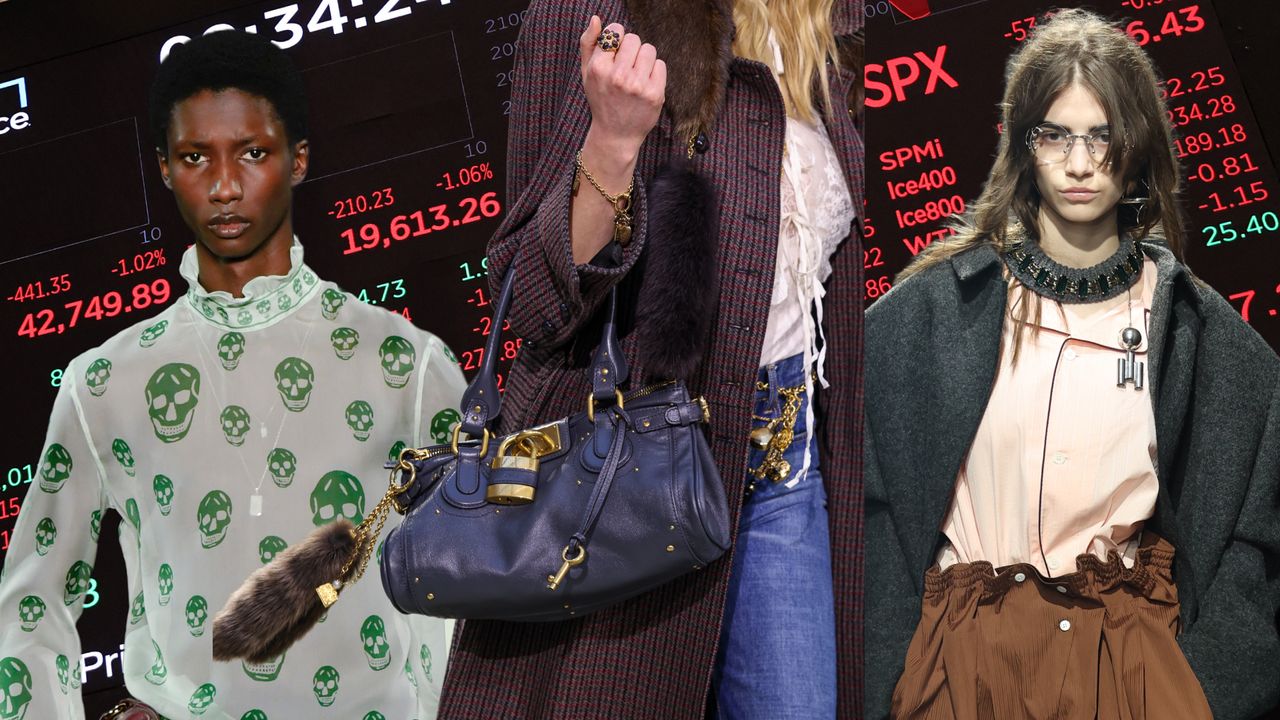
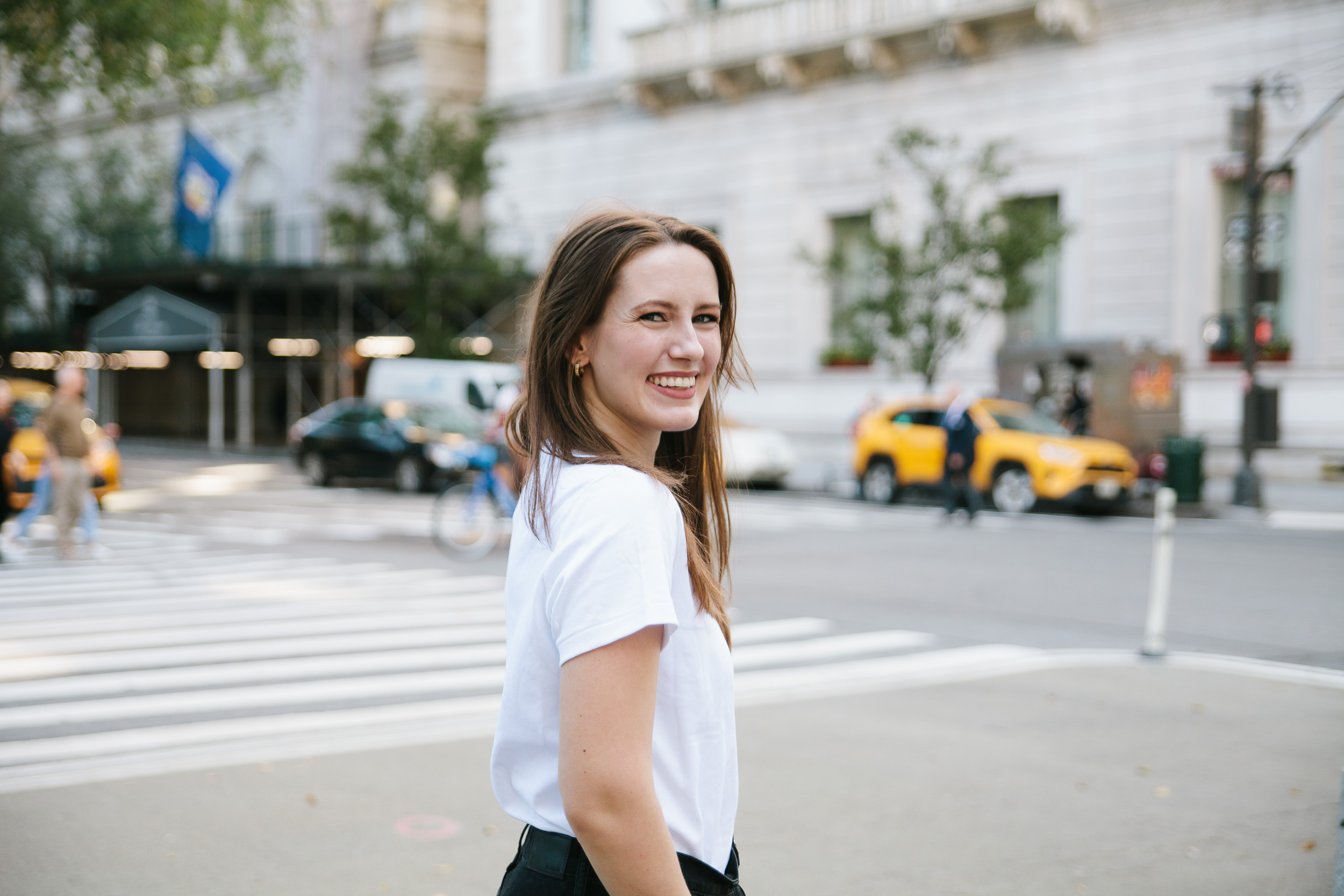
Recession 2025 warning signs are swirling everywhere—for those willing to look. There are, of course, straightforward analyses from business journalists and financial experts. The S&P 500 ended March with its worst performance since December 2022. A CNBC study showed that a majority of chief financial officers—the corporate leaders who pay close attention to daily market fluctuations alongside their companies' profits—reported feeling "pessimistic" about the U.S. economy. And ahead of President Donald J. Trump's unveiling of the "Liberation Day" tariff plans on April 2, economic experts agreed that the taxes on foreign imports will contribute to a downturn, if not an all-out recession.
Though the signs aren't all coded in stock-market moves and CNN alerts. Look closely at recent runway collections and spending trends; you'll notice tangible signs of economic uncertainty. Recession indicators, but make them fashion.
Some trends, like spikes in corporate suiting and lengthening skirt hemlines, have come and gone with each economic cycle for roughly the past century. (The latter forms the basis of the controversial "hemline index," which suggests that skirts lengthen as the economy worsens—and when things look up and people get into party mode, minis return.) Others resemble one-off relics that were hugely popular during (or just before) the last significant U.S. economic downturn (the Great Recession, which spanned from roughly December 2007 to June 2009). I've seen the return of Chloé's Paddington bag, Alexander McQueen's skull print, and Prada's built-in necklace necklines labeled as "recession indicators" online by editors in my professional circles. The same goes for Dior's J'Adore Dior logo T-shirts and the bootcut denim comeback. They're ghosts of the '08 crash that no one is particularly nostalgic for, but everyone remembers vividly.
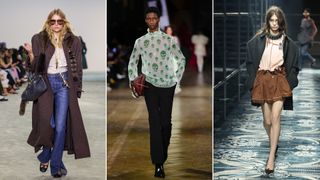
Models at Chloé, Alexander McQueen, and Dior wore styles repurposed from mid-aughts collections in the Fall 2025 shows—which viewers took to calling "recession indicators."
Sure, some of the items listed above haven't been seen en masse since the first Obama Administration. A gauzy skull scarf print or a pre-embellished beaded neckline could transport any fashion enthusiast straight back to 2008—hence the wink-wink, nudge-nudge nickname online. But these items aren't as much of a true recession indicator as the broader trends that evolve from collection to collection and brand to brand. (Plus, what creative director would intentionally delve into their archive with the goal of evoking memories of a year without much shopping?)
The real recession indicators in fashion are reflected in trending searches for simple suiting, neutral colors, and conservatively long hemlines—categories that last peaked in the mid-2000s and tend to represent a world-weary, budget-conscious consumer. Madé Lapuerta, who analyzes search behavior on the account @databutmakeitfashion, notes that interest in maxi skirts rose by 393 percent in March; "minimalist" and "corporate" styles increased by 39 and 38 percent, respectively.
These items initially reflect a more somber mood—the aesthetic opposite of the one percent's loud luxury and sequin-bedecked party wear. (If you can't buy eggs, you certainly aren't buying logo-coated bags and megawatt watches.) Minimalist styles are also inherently practical and can justify their cost-per-wear in a matter of weeks. If spare change for shopping dries up, they'll still look stylish.
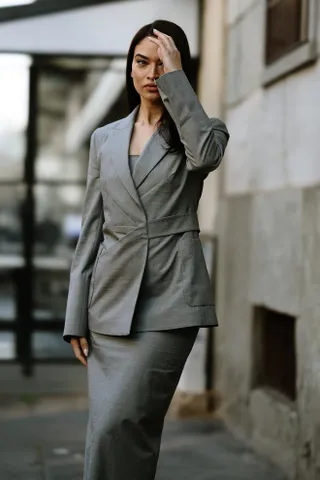
Corporate coded clothing during fashion month street style shows even fashion people are trying to stretch their clothes' lifespans.
Muted colors, covered silhouettes, and pared-back details were equally prevalent in the lead-up to the Great Recession, according to FIT Fashion Business Management Professor Vincent Quan. "With discretionary spending limited, consumers 'traded down' by purchasing value-priced items, including apparel and accessories, which offered a haven from fashion trends," he explains. "The focus on minimalism contrasted sharply with the maximalist aesthetic that prevailed during the economic boom period prior to 2007."
Stay In The Know
Get exclusive access to fashion and beauty trends, hot-off-the-press celebrity news, and more.
360-degree basics—in shape, color, and cut—naturally have increased utility. Their rise as a way to "look rich" for less is no coincidence. "Less conspicuous purchases and minimalistic dressing trends may be a harbinger of what lies ahead," Quan says. The business expert also noticed that skirts are getting longer on the Fall 2025 runways, interpreting it as a sign of "volatility." Designers don't know what's going to happen to the global economy—but they seem just as on-edge as their shoppers, and are creating accordingly.
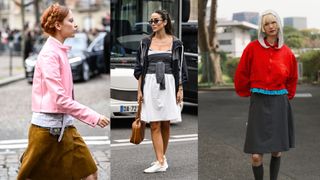
Midi and maxi skirts returned to popularity during fashion month—another sign of a downward-trending market.
Before 2025 kicked off with tariff panic and empty egg shelves, Pantone selected "Mocha Mousse" as the color of the year. Color trend analysts tried to frame it as a comforting shade: "It embodies stability, reliability, and timeless appeal," one expert previously shared with Marie Claire. But in the context of a flowing skirt or a set of basics—particularly in a piece that could be perceived as trend-proof— it might also signify another recession indicator lurking in plain sight.

Halie LeSavage is the senior fashion and beauty news editor at Marie Claire, where she assigns, edits, and writes stories for both sections. Halie is an expert on runway trends, celebrity style, emerging fashion and beauty brands, and shopping (naturally). In over seven years as a professional journalist, Halie’s reporting has ranged from fashion week coverage spanning the Copenhagen, New York, Milan, and Paris markets, to profiles on industry insiders like celebrity stylist Molly Dickson, to breaking news stories on noteworthy brand collaborations and beauty product launches. (She can personally confirm that Bella Hadid’s Ôrebella perfume is worth the hype.) She has also written dozens of research-backed shopping guides to finding the best tote bags, ballet flats, and more. Most of all, Halie loves to explore what style trends—like the rise of emotional support accessories or TikTok’s 75 Hard Style Challenge—can say about culture writ large. She also justifies almost any purchase by saying it’s “for work.”
Halie has previously held writer and editor roles at Glamour, Morning Brew, and Harper’s Bazaar. She has been cited as a fashion and beauty expert in The Cut, CNN Underscored, and Reuters, among other outlets, and appears in newsletters like Selleb and Self Checkout to provide shopping recommendations. In 2022, she earned the Hearst Spotlight Award for excellence and innovation in fashion journalism. She holds a Bachelor’s Degree in English from Harvard College. Outside of work, Halie is passionate about books, baking, and her miniature Bernedoodle, Dolly. For a behind-the-scenes look at her reporting, you can follow Halie on Instagram and TikTok.
-
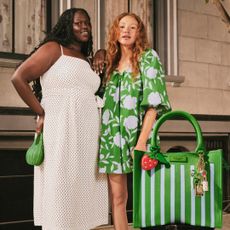 Kate Spade's Signature '90s Bags Are Headed to a Target Collab
Kate Spade's Signature '90s Bags Are Headed to a Target CollabPretty spring dresses and matching sets are right behind them.
By Halie LeSavage Last updated
-
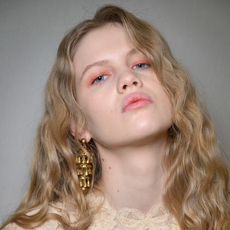 The Hottest Person You Know Is Probably Wearing This Unusual Perfume for Spring
The Hottest Person You Know Is Probably Wearing This Unusual Perfume for SpringThe season’s new signature scent.
By Ariel Baker Published
-
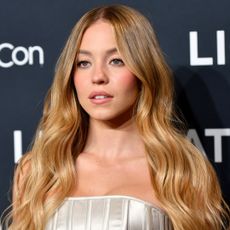 Sydney Sweeney Glows in an Anti-Bridal Corset Dress
Sydney Sweeney Glows in an Anti-Bridal Corset DressThe newly single star looked snatched in Wiederhoeft.
By Hanna Lustig Published
-
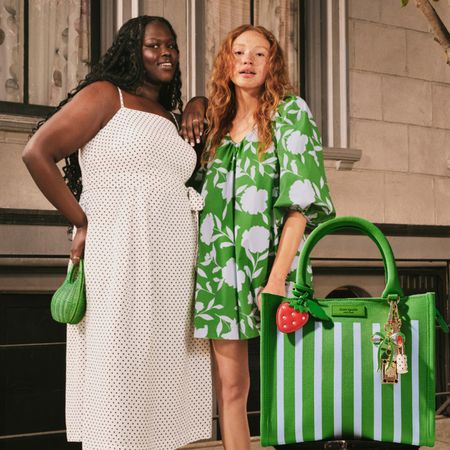 The Target x Kate Spade Collaboration Arrives Just in Time for a Sam Bag Renaissance
The Target x Kate Spade Collaboration Arrives Just in Time for a Sam Bag RenaissancePretty spring dresses and matching sets are right behind them.
By Halie LeSavage Last updated
-
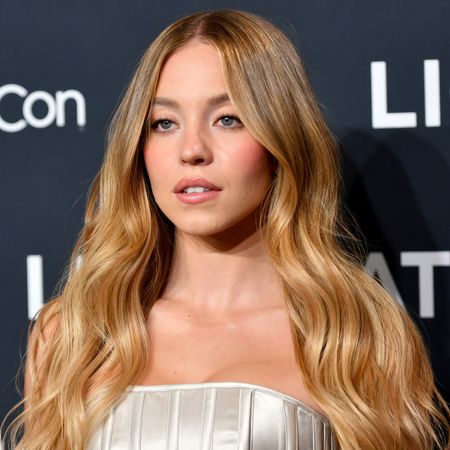 Sydney Sweeney's Anti-Bridal Champagne Corset Dress Says the Best Revenge Is Living Well
Sydney Sweeney's Anti-Bridal Champagne Corset Dress Says the Best Revenge Is Living WellThe newly single star looked snatched in Wiederhoeft.
By Hanna Lustig Published
-
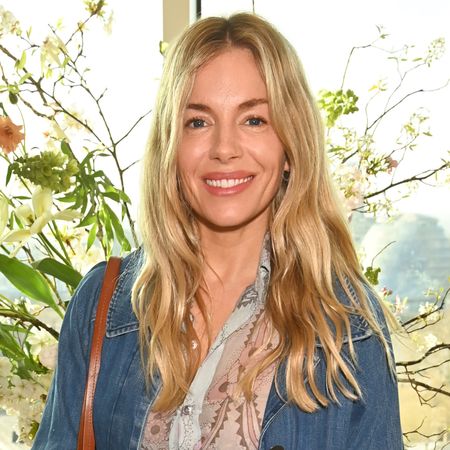 Sienna Miller Debuts Her Boho-Chic 2.0 Aesthetic in a Double Denim Outfit
Sienna Miller Debuts Her Boho-Chic 2.0 Aesthetic in a Double Denim OutfitThe 'Alfie' alum styled a Canadian tuxedo suede for breakfast in London.
By Hanna Lustig Published
-
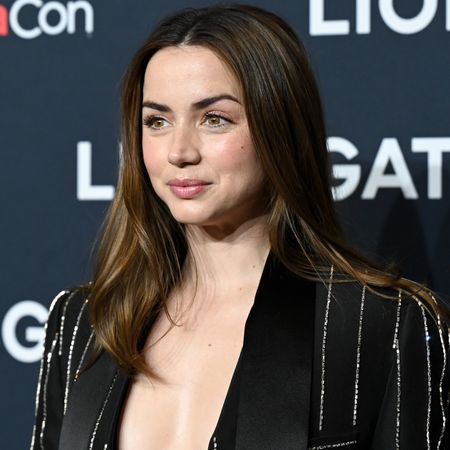 Ana de Armas Revives the Adidas Samba Sneaker Trend With a 'Top Gun'-Coded Leather Jacket
Ana de Armas Revives the Adidas Samba Sneaker Trend With a 'Top Gun'-Coded Leather JacketShe found another low-key way to wear it.
By Hanna Lustig Published
-
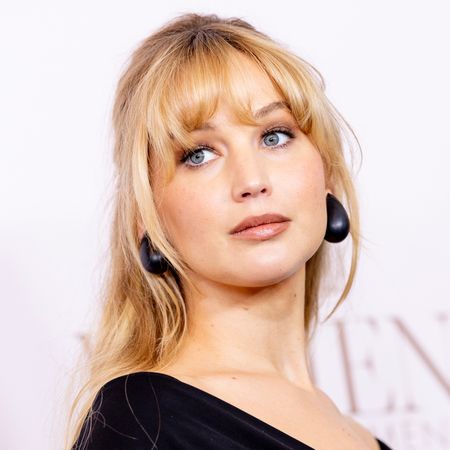 Jennifer Lawrence Goes Luxury Disney Adult in a Duffle Coat, The Row Pants, and an Hermès Bag
Jennifer Lawrence Goes Luxury Disney Adult in a Duffle Coat, The Row Pants, and an Hermès BagThe actor matched her Hermès bowling bag to a vintage tee.
By Hanna Lustig Published
-
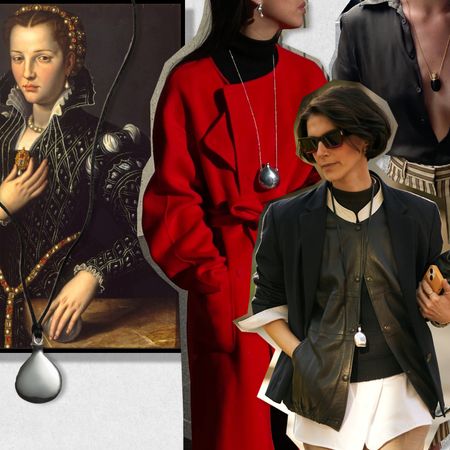 Victorian-Era Perfume Bottle Necklaces Will Be Your New Favorite Conversation Starter
Victorian-Era Perfume Bottle Necklaces Will Be Your New Favorite Conversation StarterYou'll look just as great as you smell.
By Emma Childs Published
-
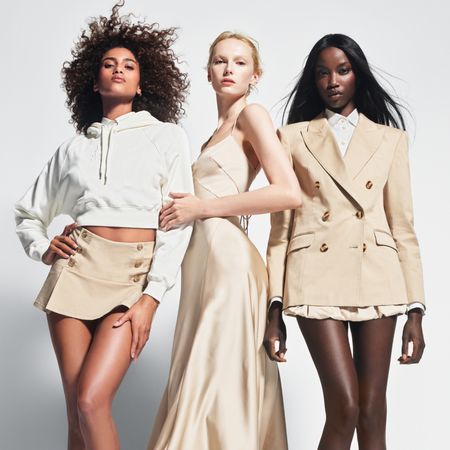 Introducing GapStudio, Gap's Red Carpet, Under-$250 Sister Brand
Introducing GapStudio, Gap's Red Carpet, Under-$250 Sister BrandCreative director Zac Posen unveiled GapStudio, a twist on classics that's already A-list approved.
By Halie LeSavage Last updated
-
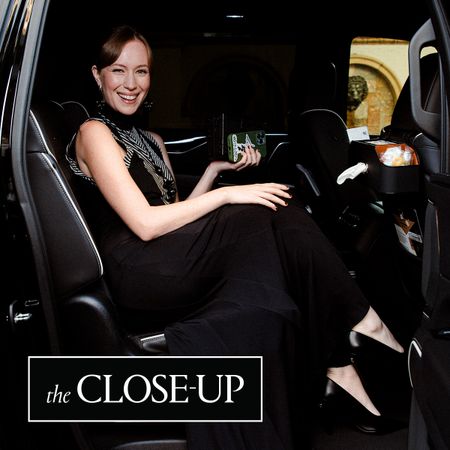 How Hannah Einbinder "Worked Up" to Her 'Hacks' Season 4 Premiere Dress
How Hannah Einbinder "Worked Up" to Her 'Hacks' Season 4 Premiere DressThe star has been on a fashion journey since her hit show's first season.
By Halie LeSavage Published